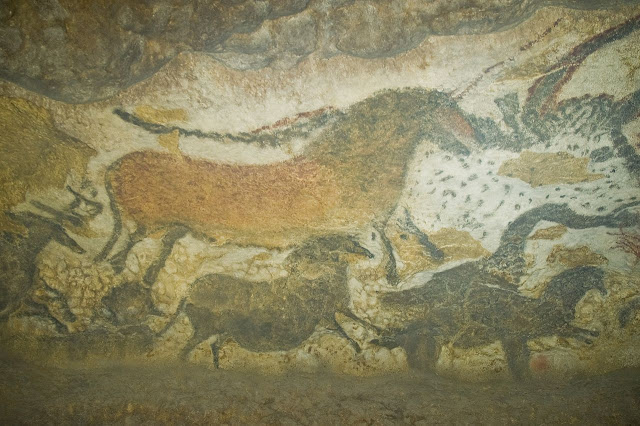Well, Monks Mound is the largest
Pre-Columbian earthwork in the Americas and the largest pyramid north of
Mesoamerica. In 1988, Monks Mound size was about 100 feet height, 955 feet
long. The Mound is located at the Cahokia Mounds UNESCO World Heritage Site
near Collinsville, Illinois. The Monks Mound base circumference is larger than
the Pyramid of Sun at Teotihuacan and roughly same size of Great Pyramid of
Giza 13.1 acres. However, Egyptian Pyramids built with stones in contrast of
platform mound was constructed entirely layers of basket transported soil and
clay. Due to flattened top, the rainwater accumulated within the structure
result in slumping, the avalanche-like sliding of large sections of the sides
at the highest part of the mound.
The recent excavations have
exposed, the slumping problem, though the mound was being made. These days,
researcher are stunned how native engineers built Monk’s Mound, and their findings
concludes, that the massive earthwork may have been built surprisingly fast,
may be in just a fraction of the time that archaeologists once thought. Monks
Mound is an extremely complex bit of earthen architecture; with certainly in
tune with their materials.
The original concept was much
smaller mound; however several types of earth and clay from different sources
had been used successively. Construction of Monks suggests that the stability
of the mound was improved by the incorporation of bulwarks, some made of clay,
others flood-plain, which allowed steeper slopes than the use of earth alone.
Moreover, the structure rises in four terraces containing 22 million cubic feet
of adobe, carried basket to the site. So, in brief, it took a lot of smarts to
build Monks Mound and have it last for as long as it has.



































